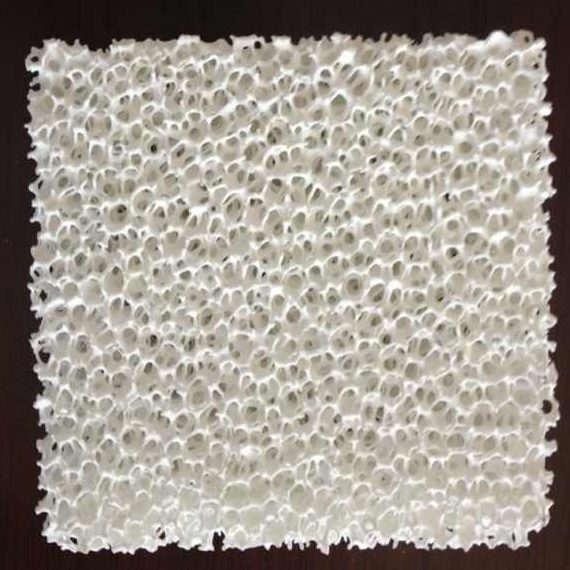Professional Premium Aluminum Oxide Products Supplier
A biofuel containing aluminium oxide can be used to increase the performance of an engine by reducing exhaust emissions.
The use of jet fuel in aerospace operations is regulated by the aviation industry to guarantee reliability, safety, and security. It is a complex mixture of hydrocarbons, which can be either derived from petroleum or renewable sources such as ethanol. The physicochemical properties of these fuels are affected by many factors, such as the distillation process, the fuel’s freezing point, its oxygen content, and its reactivity.
Jet fuel is a blend of different hydrocarbons and n-alkanes, branched iso-alkanes (iso-paraffins), cyclic alkanes (naphthenes), aromatics, and sulfur. It can be produced by a number of processes, including the fractional distillation of crude oil.
It is also possible to modify the physicochemical properties of the fuel with additions. For example, the viscosity of the fuel can be increased by a number of methods. Several polymers, such as polyisobutylene, polyisoprene, copolymers of ethylene acetate and vinyl acetate, and various acrylic polymers and copolymers, can be added to the fuel.
Moreover, a variety of soluble trace metals can be present in the jet fuel composition, especially copper. These trace metals can impair the thermal stability of the fuel. Thus, a metal deactivator may be needed to nullify their effects.
Aluminium oxide, which has a specific energy of 8,611.1 Wh/kg, can be used as a fuel additive to improve the performance of diesel engines by reducing their exhaust emissions. The oxidation of the aluminum particles can reduce the combustion temperature and enhance the engine’s response to the change in ambient temperature.

